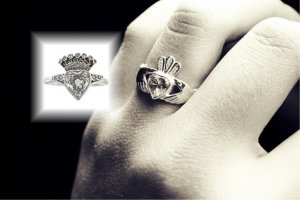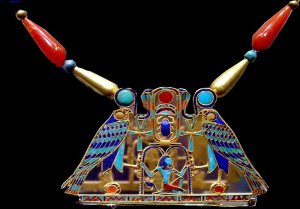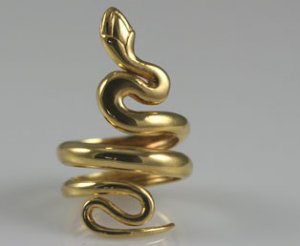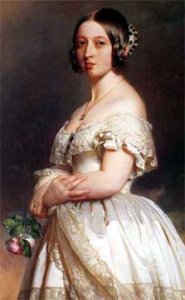Sithathoriunet
Brilliant_Rock
- Joined
- Sep 21, 2008
- Messages
- 1,691
hey!Date: 2/14/2009 5:23:18 AM
Author: prince.of.preslav
Isn''t Princess Fawzia the first wife of Mohammad Reza Pahlavi, Shah of Iran?
Here''s a closer photo showing some of her magnificent jewels. I think the princess and her daughter later sold some of them (maybe they had problems with money?).
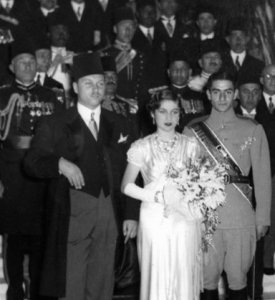
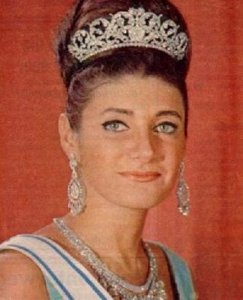
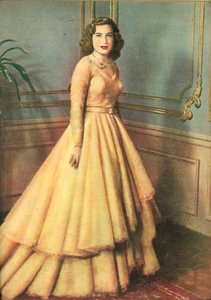
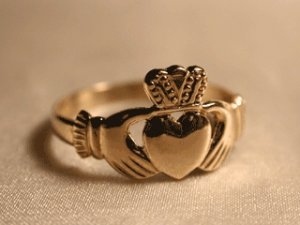
hi prince of preslav!Date: 2/14/2009 6:43:55 PM
Author: prince.of.preslav
Good night all!
Jenna, Thank you for all the information and photos abot the Near/Middle Åastern and Egyptian princesses. I have alyaws admired their beauty and their jewelery (although some of them aren''t my style).
I have a question personally to you Jenna: I have always wondered where does your love about Egypt and the East, and your passion for Egyptian jewels come from?
type of rings are typical in Irland and are used insted of wedding bands.
